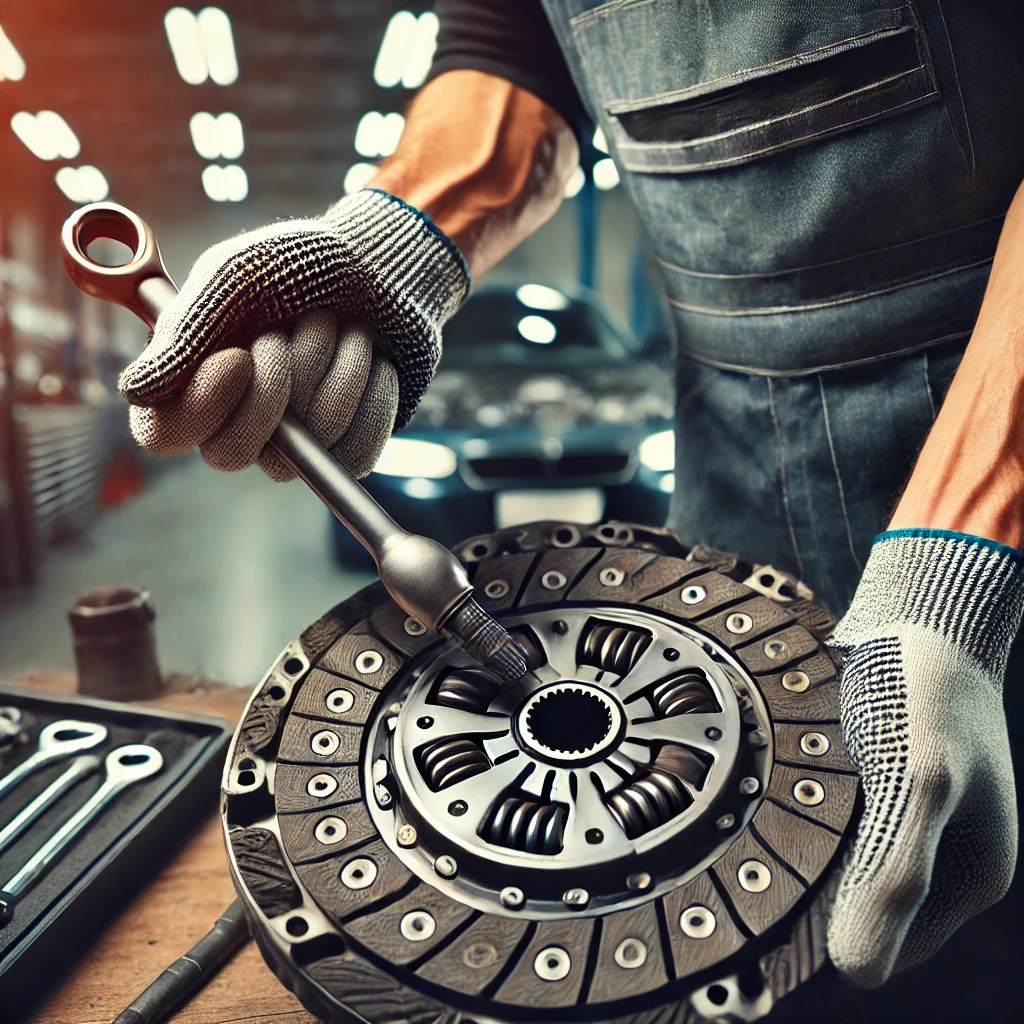Introduction
Clutches come in various designs, each suited to different vehicles and driving styles. Choosing the right clutch type can improve performance, durability, and driving experience. In this article, we’ll compare the main clutch types—single-disc, multi-disc, and performance clutches—detailing their pros, cons, and ideal uses to help you pick the best option for your vehicle.
Types of Clutches
- Single-Disc Clutches
- Description: A single friction disc between the flywheel and pressure plate, standard in most manual cars.
- Pros: Affordable, simple, smooth engagement, easy to maintain.
- Cons: Limited torque capacity, can slip under high power.
- Best For: Everyday cars, light trucks, budget-friendly vehicles.
- Multi-Disc Clutches
- Description: Multiple friction discs for greater surface area and torque handling, often used in performance vehicles.
- Pros: Higher torque capacity, better for high horsepower, less slipping.
- Cons: More expensive, heavier, harder pedal feel.
- Best For: Performance cars, race cars, heavy-duty vehicles.
- Organic vs. Ceramic Clutches
- Organic: Made from organic materials, smoother engagement, quieter.
- Ceramic: Higher grip, better for high torque, but harsher engagement.
- Best For: Organic for daily driving; ceramic for performance or towing.
- Performance Clutches
- Description: Upgraded materials (e.g., Kevlar, carbon) for better grip and heat resistance.
- Pros: Handles more power, reduces slip, longer lifespan under stress.
- Cons: Stiffer pedal, more noise, higher cost.
- Best For: Track cars, modified vehicles, enthusiasts.
- Comparison Table TypeCostTorque CapacityEngagementBest UseSingle-Disc$100-$300ModerateSmoothEveryday cars, light trucksMulti-Disc$500-$1,500HighFirmPerformance, heavy vehiclesOrganic$100-$400ModerateSmoothDaily drivingCeramic$300-$800HighHarshPerformance, towing
Choosing the Right Clutch Type
- Daily Driving: Single-disc, organic clutches for smooth operation.
- Performance Needs: Multi-disc or ceramic for high torque.
- Budget Constraints: Single-disc clutches keep costs low.
- Heavy Vehicles: Multi-disc for better power transfer.
Maintenance Tips for Each Type
- Single-Disc: Avoid riding the clutch to extend life.
- Multi-Disc: Check for even wear during inspections.
- Performance: Use proper break-in procedures (e.g., 500 miles of gentle driving).
Conclusion
The best clutch type depends on your vehicle and driving needs. Single-disc clutches suit most daily drivers, while multi-disc or performance clutches excel in high-power scenarios. Understanding these types ensures you choose wisely for performance and longevity.
Call-to-Action:
Which clutch type do you use? Share in the comments, and see our cost guide for more!

